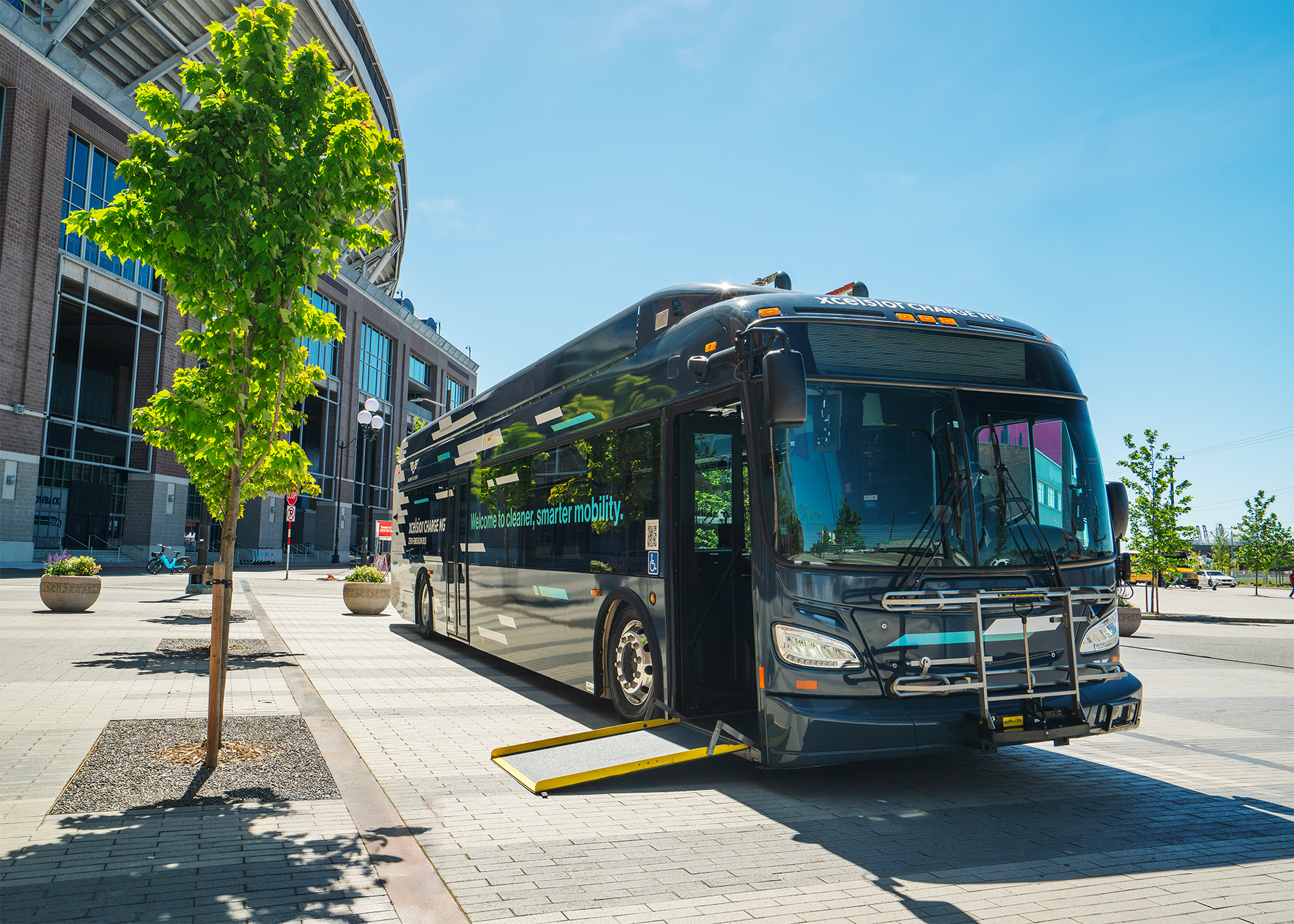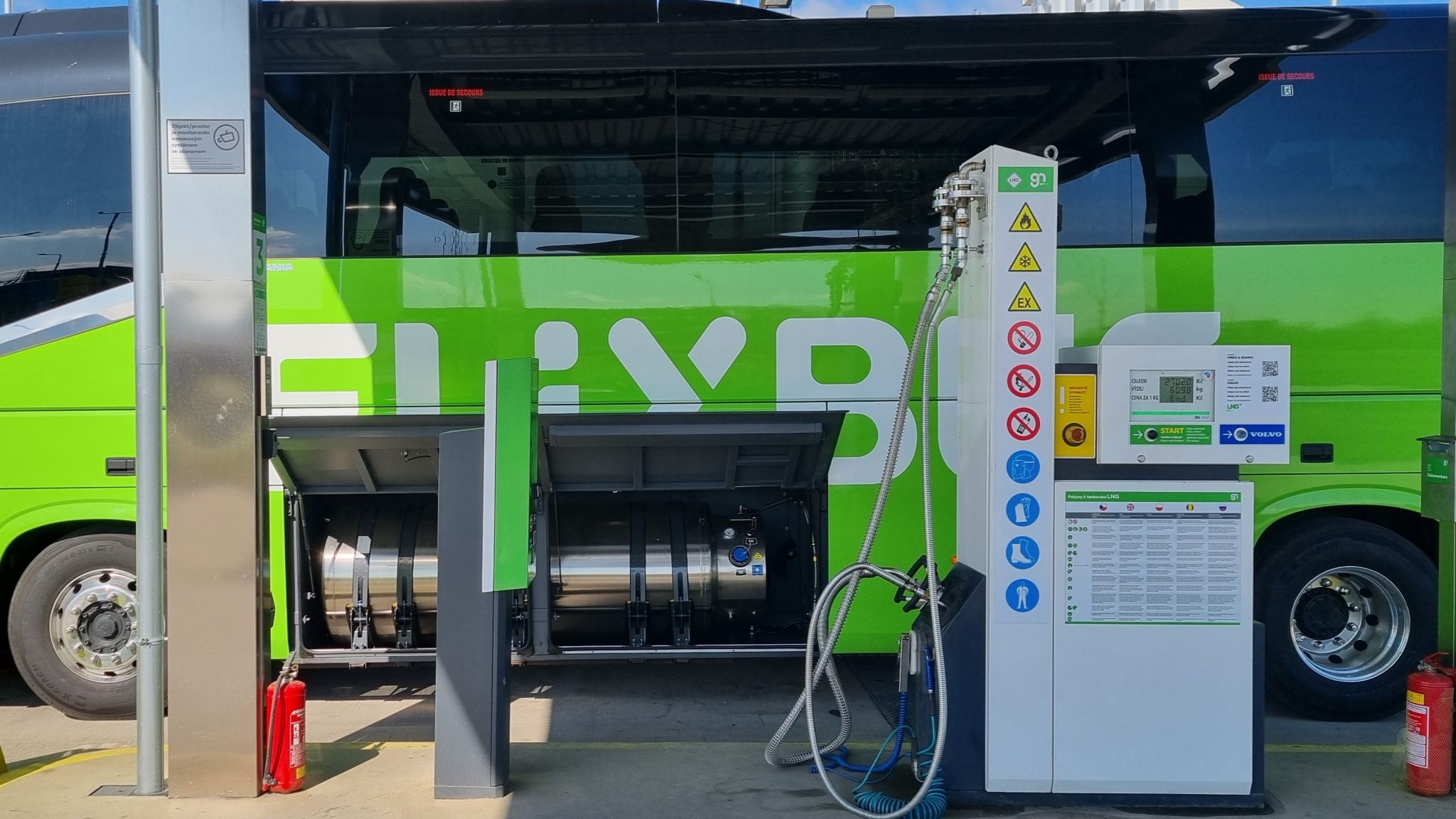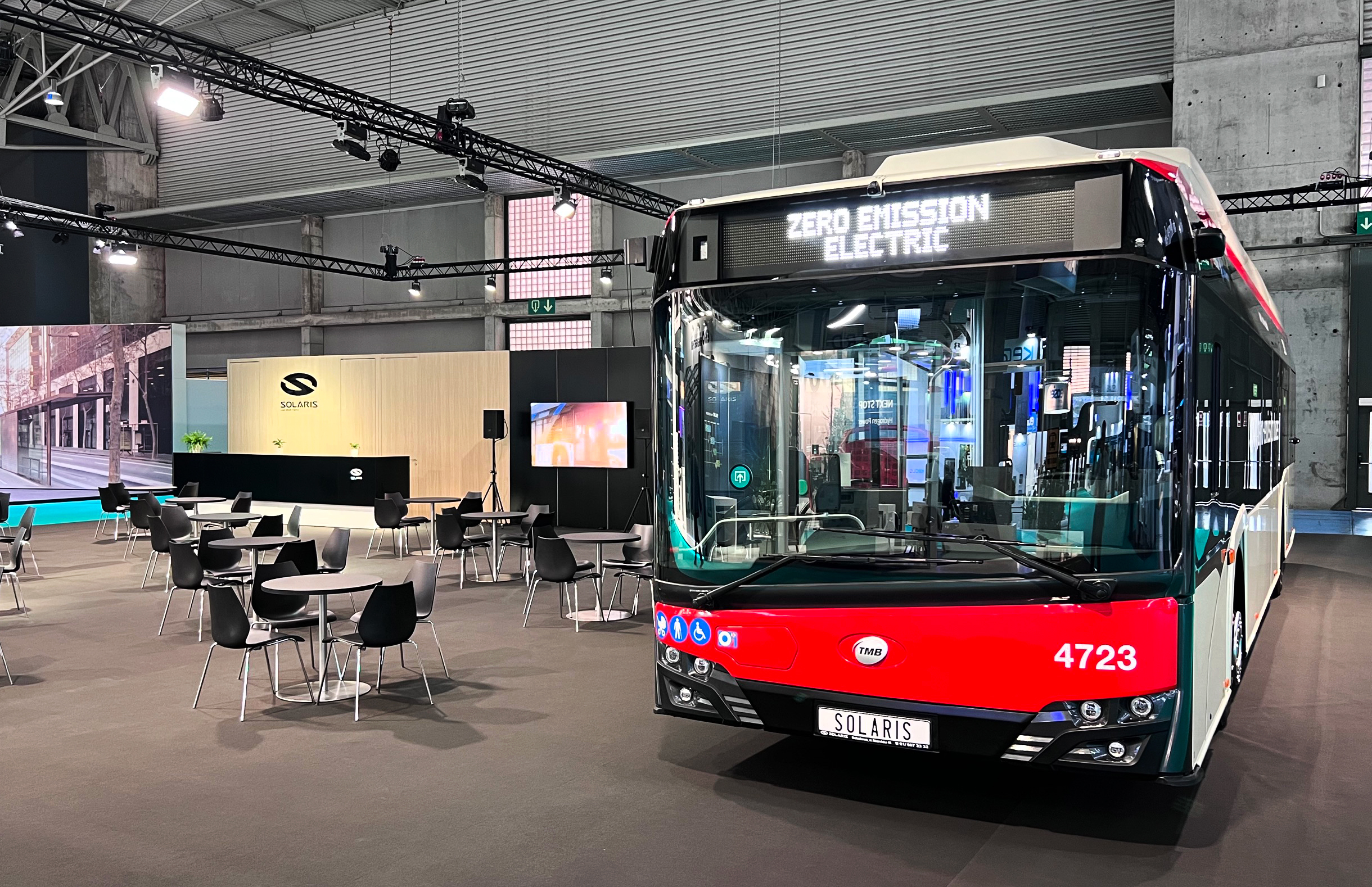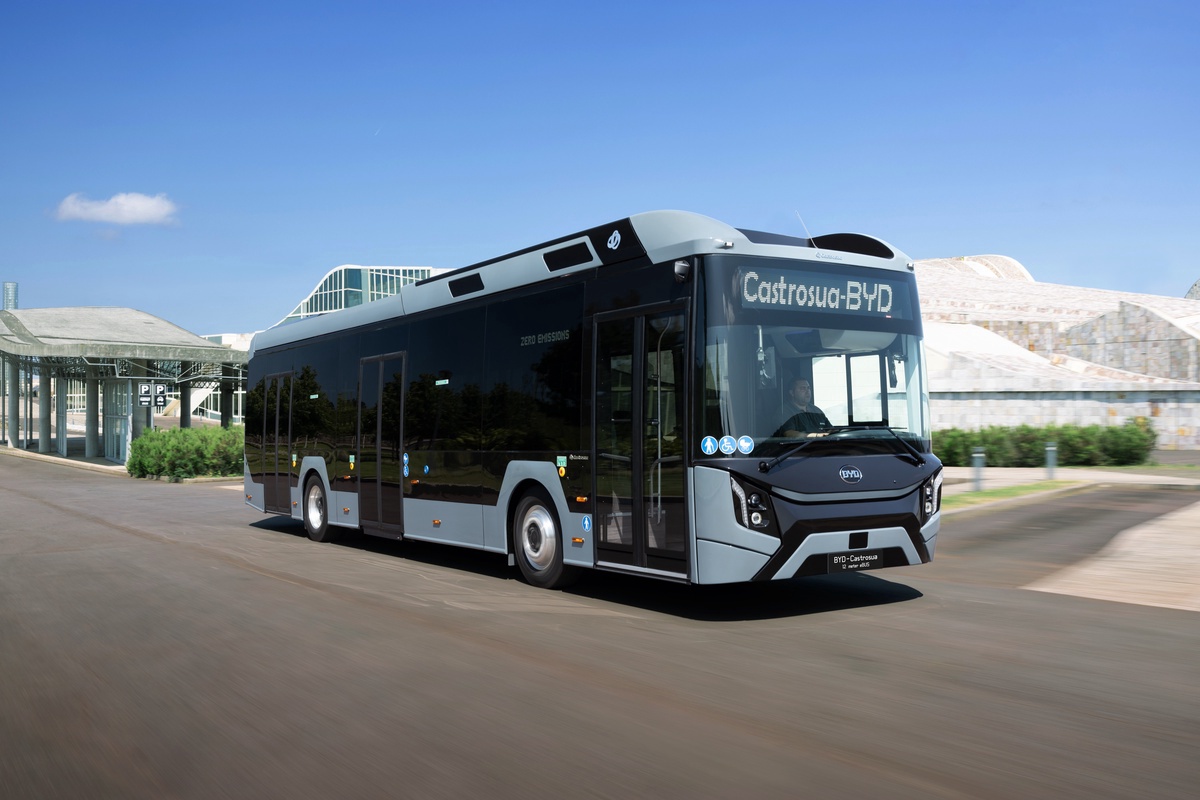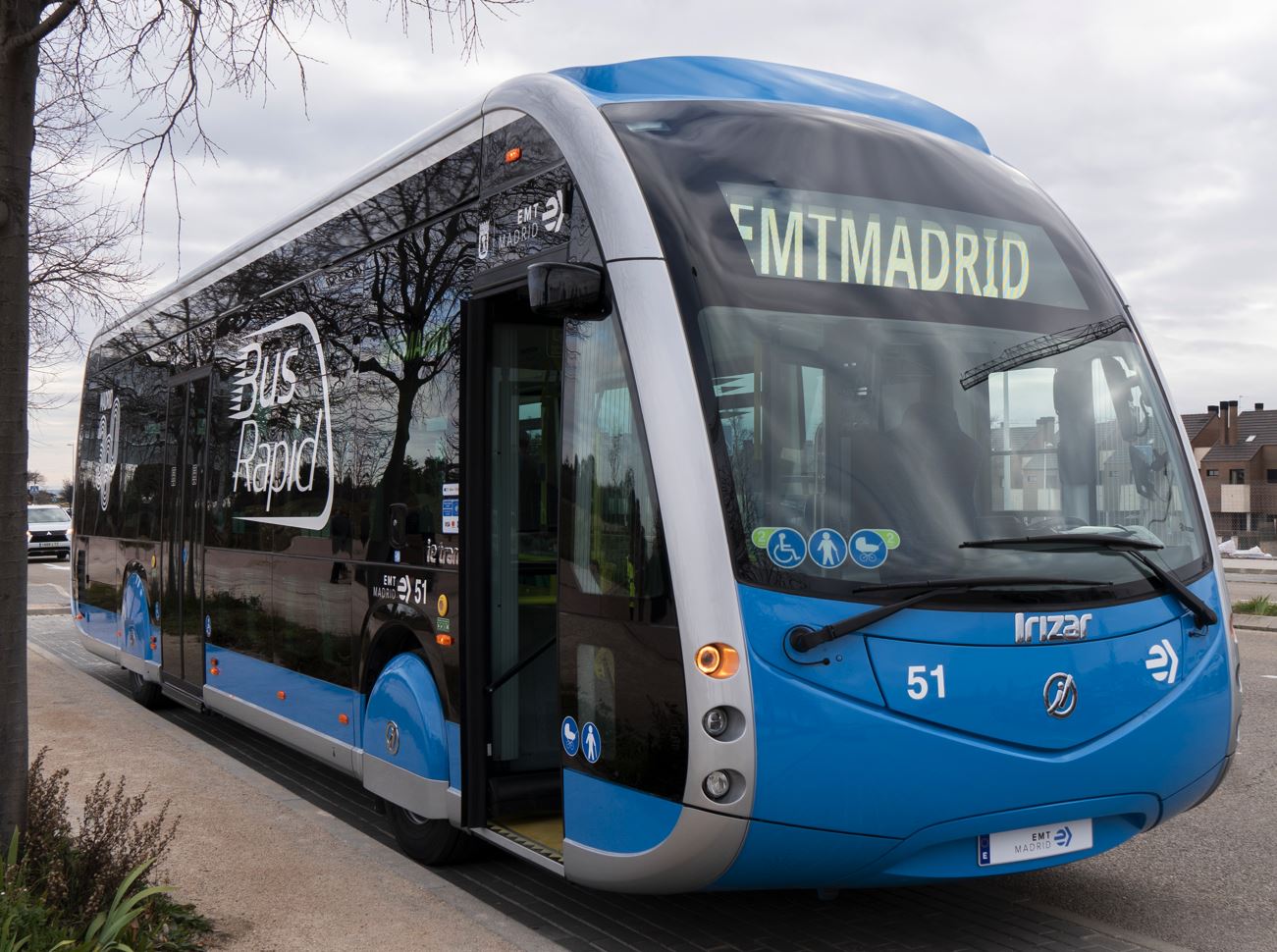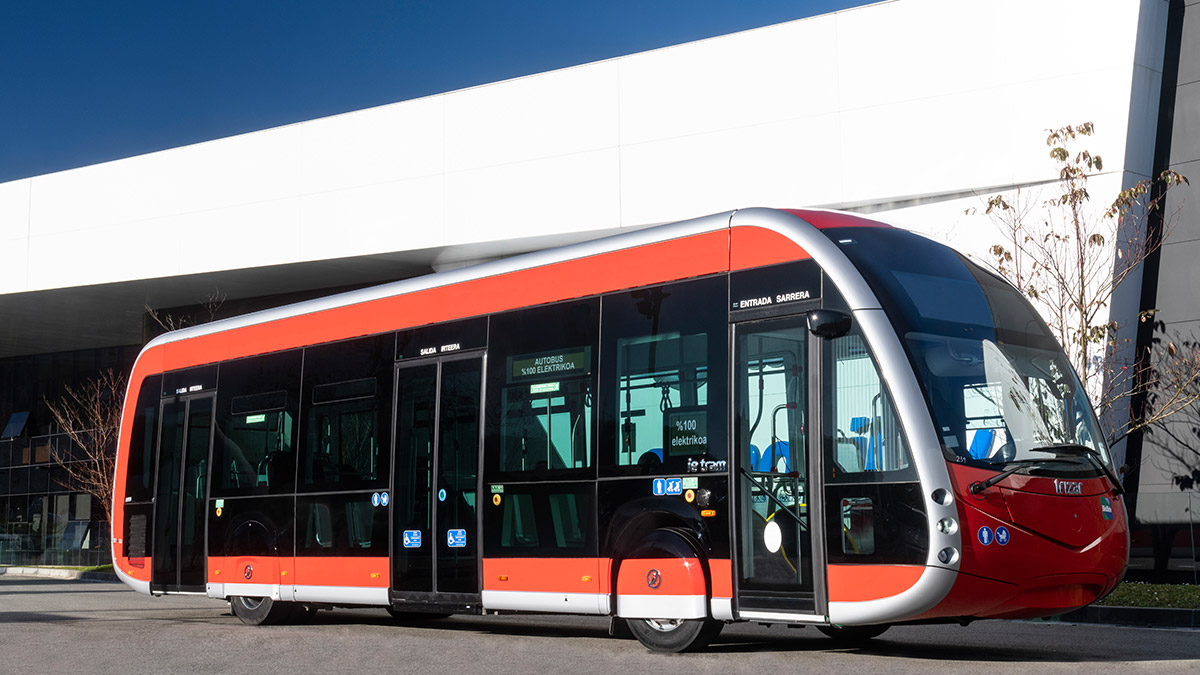Dancer Bus has presented two fully electric buses at the Smart City Expo World Congress in Barcelona.
These models feature composite bodies and chassis made of recycled PET plastic that is reinforced with carbon fibre and fibreglass. This design significantly reduces the vehicle’s weight, which starts at 8.6 tonnes for a 12-metre bus.
Dancer Bus consequently states that its vehicles are 30 percent lighter than comparable buses on the market and consume 40% less energy.

Fast Charge Dancer Bus (FC 75)
The FC 75 model is designed for urban operations and can recharge in under 8 minutes.
It has an energy-efficient consumption rate of just 0.72 kWh per kilometre and can cover up to 100 kilometres on a single charge.
In addition, this model features Wi-Fi, USB charging sockets, an automatic wheelchair ramp and an efficient Level 4 HVAC system.
Long Range Dancer Bus (LR 530)
The LR 530 prioritises endurance and can travel up to 530 kilometres on a single charge thanks to its high-capacity NMC battery.
This model takes between 1 and 4 hours to recharge.
Both models are designed to operate under extreme temperatures, ranging from lows of -24°C to highs of 38°C.
What’s more, they feature an advanced monitoring system that can process over 1,000 signals every 2 milliseconds to provide performance insights and enable remote software upgrades. This system also predicts upcoming maintenance requirements to prevent breakdowns.
Alvydas Naujėkas, CEO of Dancer Bus said:We offer a dedicated software platform, real-time fleet management and predictive maintenance with confidence. All technologies have been tested and verified in real conditions - Dancer buses have been quietly rolling through the streets of Klaipėda city for three years. During this period, they drove more than 500 thousand kilometers saving about 0.5 million tonnes of CO2 emissions. Their batteries were charged with 330 thousand kWh of electricity in three years, which cost 49.5 thousand euros. For comparison, the fuel costs of diesel buses would have reached about 200 thousand. euros.










